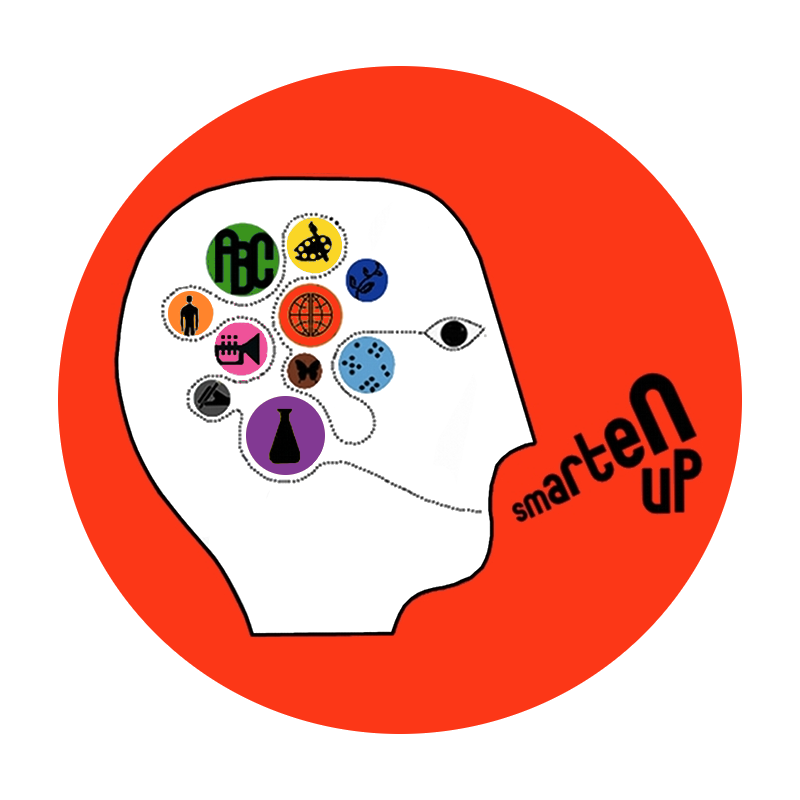The SAT has gone digital! As of Spring 2024, the traditional paper-and-pencil format has been replaced with a computer-based exam. This is a big change for students applying to college, and it's natural to have questions. At the same time, several elite schools have announced that they will return to traditional testing requirements after experimenting with a test-optional or no-test policy during COVID. This blog post will break down everything that parents and students need to know about the new digital SAT.
What are the Key Changes?
Shorter Test: The digital SAT is faster to take, clocking in at just two hours compared to the three hours of the old format.
Fewer Questions: The streamlined test includes 98 questions total, down from 154.
Combined Sections: Reading and Writing are now merged into one Reading and Writing section. Math remains a separate section.
New Reading/Writing Format: In the past, these sections consisted of long passages with multiple questions per passage; now, each question is entirely separate, with its own shorter block of associated text.
Adaptive Testing: The digital SAT uses adaptive questioning, which means the difficulty of the questions adjusts based on your performance.
Digital Delivery: You'll take the test on a computer or tablet at a testing center or your school. You can even use your own device if it meets the College Board's specifications (https://satsuite.collegeboard.org/sat).
Built-in Calculator (and timer): A built-in Desmos graphing calculator is available for the math section, eliminating the need to bring your own calculator. Another helpful feature is a digital timer students can use to track their pacing.
What Does This Mean for Students?
The digital format offers both advantages and disadvantages for test-takers. Here's a quick breakdown:
Pros:
Reduced Test Anxiety: The shorter test and adaptive questioning can make the digital SAT less stressful—although the newness of the format has added stress for some test-takers.
Potentially Faster Scoring: Digital grading may lead to quicker score reporting, although this promise has not yet been borne out in reality.
Cons:
Tech Issues: There's a chance of encountering technical difficulties during the test. Be sure to practice on a similar device beforehand.
New Learning Curve: The digital format introduces new question types and navigation. Familiarize yourself with the digital platform before test day.
Loss of Paper Advantage: Some students prefer the comfort and control of working on paper.
How to Prepare for the Digital SAT
The College Board offers a variety of resources to help students prepare for the digital SAT, including practice tests, Khan Academy® SAT practice questions, and sample questions on the digital testing platform (https://satsuite.collegeboard.org/sat). Reach out to us if you’re looking for a guide to the test prep process!
The Bottom Line
The digital SAT represents a significant change, but with proper preparation, students can still excel on the exam. By understanding the format, familiarizing yourself with the digital platform, and practicing with digital practice tests, you can approach the digital SAT with confidence.

